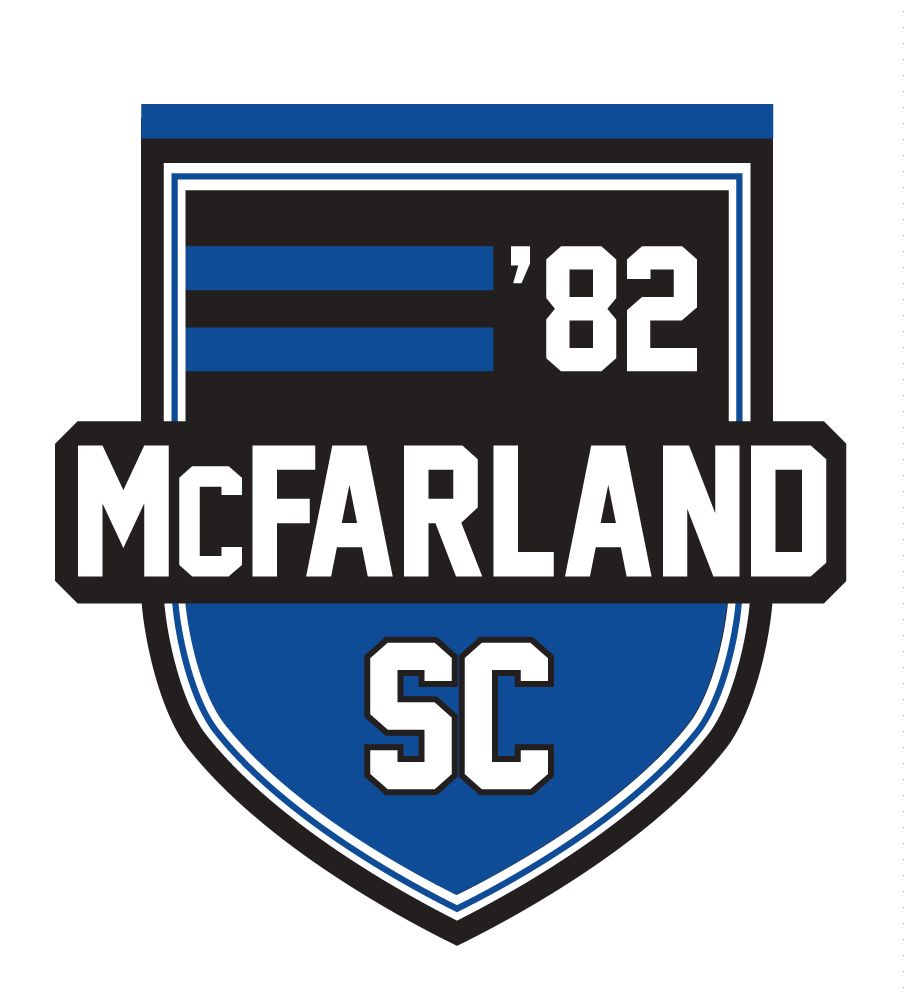US Soccer has stated their “Recognize to Recover-US Soccer’s Comprehensive Player Health & Safety Program” to help identify and recover from concussions.
A concussion can be difficult to recognize on the field. Most occur without a loss of consciousness or an obvious sign that something is wrong with a player’s brain function. They can occur at any time throughout games or practice, as a blow to the head or body from contact with the ground, the ball or another player. Working with leading physicians for more than a decade, U.S. Soccer created Recognize to Recover resources that will help coaches, players, parents and referees identify the signs and symptoms of concussion and immediately take action with the appropriate treatment.
RECOGNIZE
Changes in brain functions:
- Unaware of game (opposition colors, score of game, last play)
- Confusion
- Amnesia (does not recall events prior to the hit or after the hit)
- Drastic changes in alertness
- Does not know time, place or date
- Slowed responses to questions or conversation
- Decreased attention and concentration
Mental and emotional changes:
- Depression
- Anxiety
- Anger
- Irritability
- Emotionally unstable
Physical changes:
- Headache
- Dizziness
- Nausea
- Unsteadiness/loss of balance
- Feeling “dinged” or stunned or “dazed”
- Seeing stars or flashing lights
- Ringing in the ears
- Double vision
RECOVER
Remove, Evaluate and Rest are key steps to treating a concussion or other head injury in soccer. When a concussion is identified quickly, it prevents the injury from getting worse, and prevents the player from staying off the field for even longer.
Remove
An athlete who experiences a blow to the head or body should immediately be removed for play and should not return to play until he/she is evaluated. When in doubt, the athlete should sit out.
Evaluate
Have a health care professional evaluate the athlete immediately. Do not try to judge the severity of the injury yourself.
Rest
Never rush a return to play. A return to play should only occur after an athlete has been cleared by a medical professional. If you rush the return, a player is at significantly higher risk for more problems in the future.
All youth sports have some risk associated, and MAYSA soccer is no exception. The risk of concussions, however, is a particular focus recently as research has prompted a law in Wisconsin, mandating concussion education for coaches, athletes and their parents, and anyone associated with youth athletic activity.
Simply stated, the research now shows that concussions have the potential for more serious consequences than had previously been known. Fortunately, a remedy exists: enforced, ample time for healing, with supervision by a trained health provider. Much good information is now available on the topic, referenced below. MAYSA encourages all members to take advantage of these resources - read the pamphlets, review the documentation, take 30 minutes to take the CDC course, and encourage your friends and teammates to do the same. Soccer is a relatively safe activity for all kids, but if a concussion injury does occur (or is suspected), the proper response by all is clear: REMOVE the player from the game and FOLLOW the guidelines for assessment and recovery.


